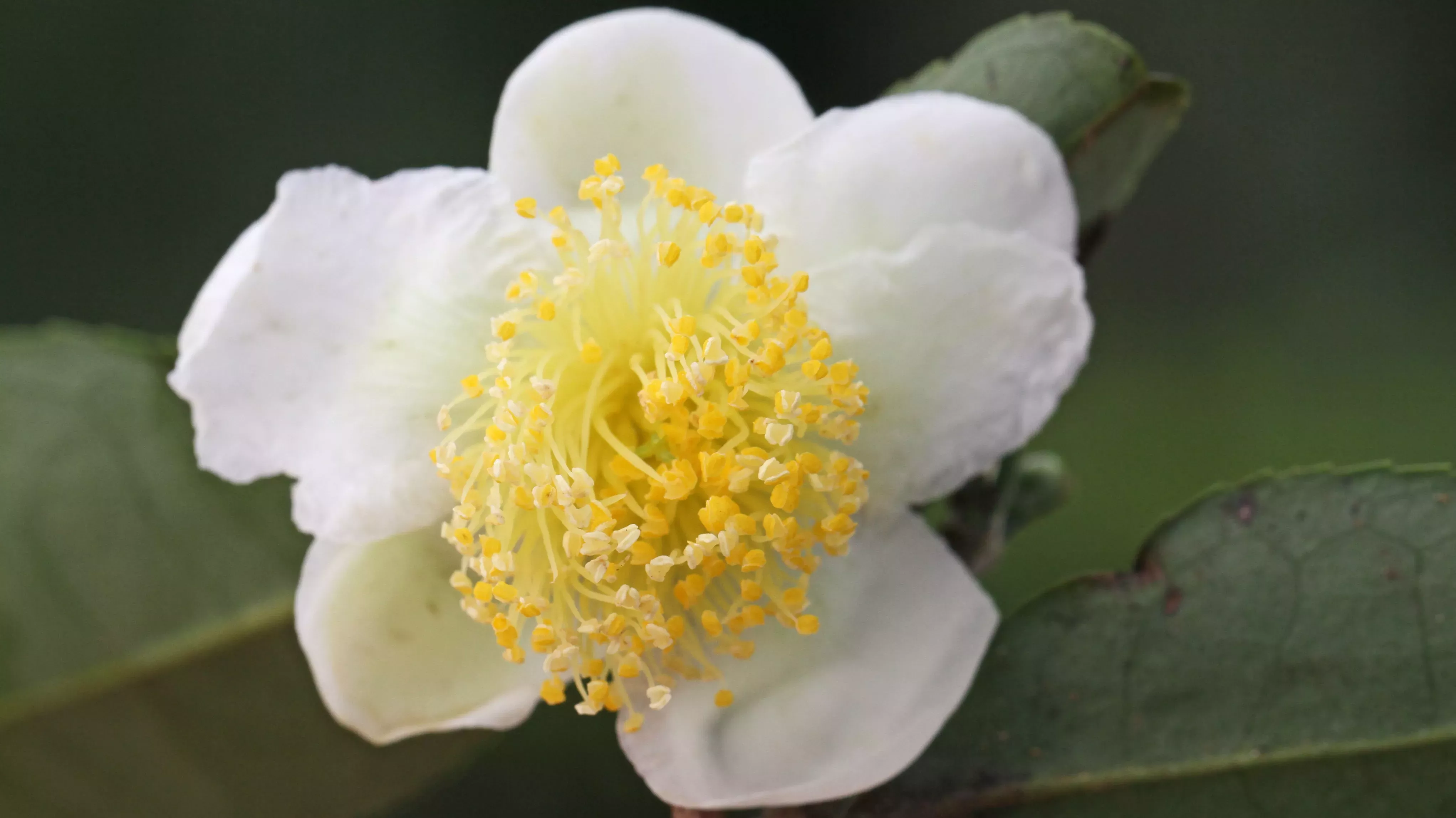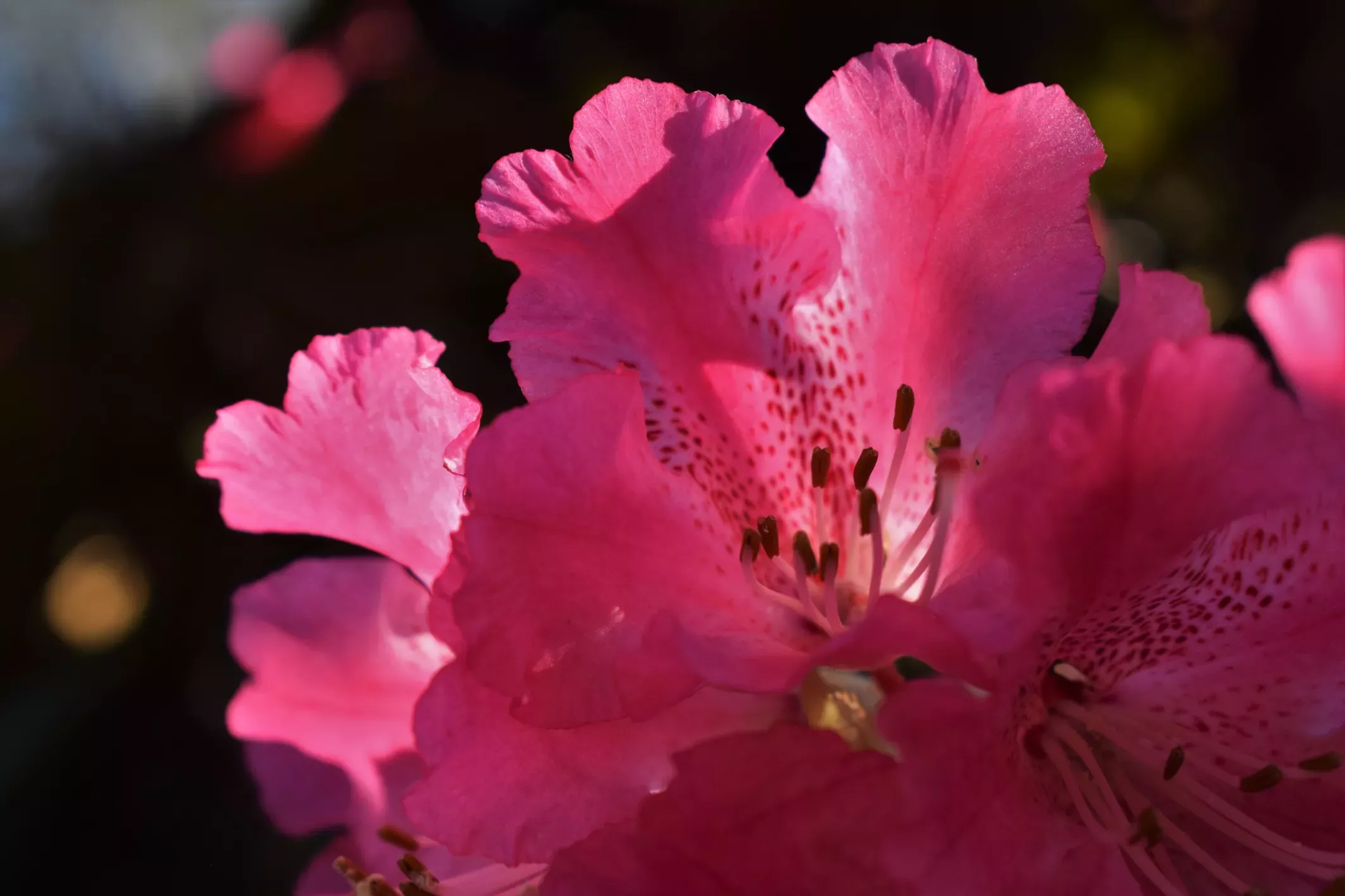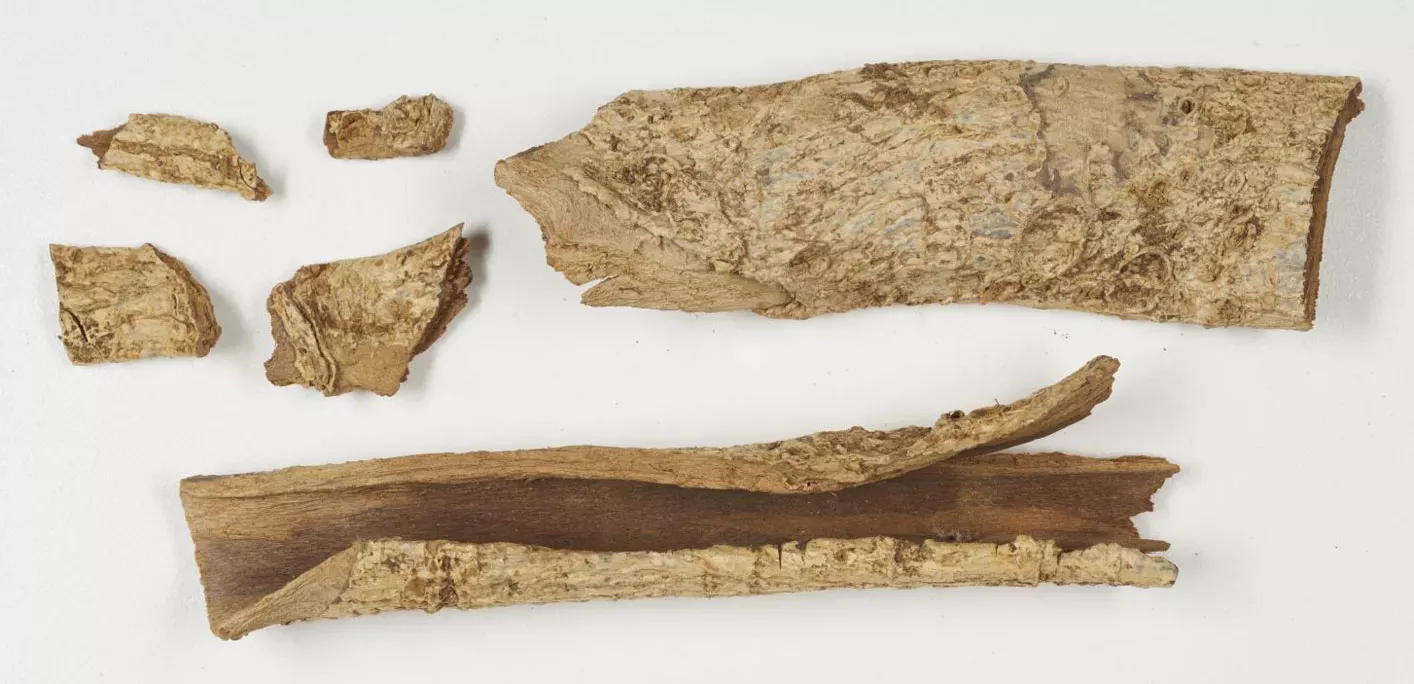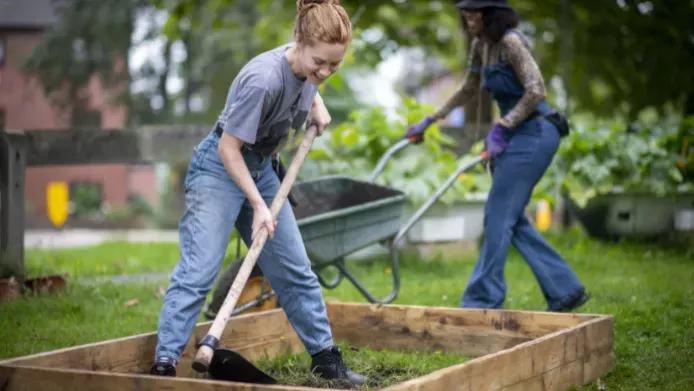10 January 2022
Extending our reach: What we are doing (and not doing) and why it matters
Richard Deverell, Director of the Royal Botanic Gardens, Kew talks about our commitment to being a place for everyone.

Last year we published our new strategy for the decade to 2030 for Kew. We called it Our manifesto for change, deliberately bringing a tone of urgency.
We believe this urgency is fully justified given the enormity of the twin global challenges of the extinction and climate crises. Together they threaten to fundamentally change life on Earth for all of us unless immediate and substantial action is taken.
Our purpose at Kew is to understand and protect plants and fungi for the well-being of people and the benefit of all life on Earth.
In Our manifesto for change we identified five priorities to help us fulfil this mission, one of which is to extend our reach. By this we mean that our science and collections are used and valued by more people globally and that we increase the number of visitors to our two gardens and online channels.
Royal Botanic Gardens, Kew is a public body, supported by Defra (with income from general taxation providing about 30% of our income), and a charity.
Our public funding, and charitable purpose, require us to ensure as many people as possible benefit from our work and feel that Kew is relevant to their lives and their concerns.
Whether it’s inspiring a child who steps into the tropical wonders of the Palm House for the first time or providing online access to our collections to a scientist in another country, we want Kew to be open and accessible to everyone.
This is why broadening our reach matters.

Access and equity in Kew’s science
If we cannot share our collections fully so that they are used for modern science, then we are not fulfilling our role as a botanic garden.
That’s why our top priority is to digitise our scientific collections of dried plant and fungi specimens so that the knowledge they contain is globally available and useful to the widest possible audiences.
These collections were gathered over 200 years, particularly from the biodiverse, tropical regions of the world, so it’s only equitable that we provide access to the scientists and conservationists working in these countries.
Our collections are currently available to scientists around the world but only through visits to Kew or loans. Digitisation will make much more data available to many more scientists globally, for all time.
Kew works with scientific partners in more than 100 different countries. These countries are the source of our collections so we must do what we can to share their benefits, and the knowledge derived from them, with local scientists, conservationists and communities. For example, we are restoring traditional bark-cloth techniques with Pacific Island groups.
We are now fully acknowledging the invaluable contribution of local scientists and indigenous peoples in our scientific publications and databases. This, unacceptably, was previously too often overlooked.

Providing access to our gardens for all
No one should be excluded from visiting our two gardens, Kew in London and Wakehurst in Sussex.
Unlike many of the great cultural and scientific institutions, Kew has long charged for entrance. However, we want to ensure that no one is denied access to Kew due to the cost of our entrance fees.
Therefore, we are introducing an admission price of just £1 for anyone on Universal Credit, Pension Credit or legacy benefits. While we recognise that financial barriers are not the only reason that some people don’t visit, we hope this will be a significant step in the right direction.
In addition, we will expand our efforts to increase the number of visitors from other under-represented groups (for example, ethnic minorities) through outreach programmes, targeted promotions and diversifying our events and festivals.
Overall, we have committed to increasing ten-fold the number of visitors from under-represented groups by 2030.
Broadening the stories we tell
To have a chance of succeeding in this ambitious goal, we want everyone who visits to feel welcome and discover engaging stories about our 20,000 different plants that resonate with their culture and background.
This requires us to deepen some of the stories we tell about Kew’s history and collections. For example, we will better explain the cultural, historic and economic importance of certain plant species.
Sugar, on display in our Palm House, played a central role in British Imperial history and fuelled the slave trade from Africa to the Caribbean. Many Afro-Caribbean citizens in the UK today are here, in part, because of this plant and as such it would be remiss of us not to tell this story.
We also need to give a historic context to our collections and acknowledge the role of local plant hunters in identifying important species.
In the China Grove, for example, near the Great Pagoda, we now explain how the Second Opium War opened access to a previously closed country, thus enabling plant hunters to collect, describe and introduce some of China’s extraordinary plant diversity to gardens around the world.
Many of the UK’s favourite garden plants, like Camellia and Rhododendron, arrived during this period.
In making these changes, we are not seeking to evangelise or be didactic; nor do we intend historical and cultural themes to dominate. Rather they will be part of the story, enriching it and thus broadening our visitors’ understanding of plants, and humanity’s absolute dependence upon them.


Acknowledging our history
Kew is in part a product of Empire and colonialism and has been indelibly shaped by this period.
Our principal purpose for much of the 18th and 19th centuries was ‘economic botany’ – that is the discovery, use and movement of valuable plants such as rubber, coffee, cinchona, breadfruit and various timbers.
Personally, I am tremendously proud of what our Georgian and Victorian forebears achieved and the legacy they leave today. Each time I step into the Temperate House, for example, I marvel at the ambition and ingenuity of the Victorians.
However, I also believe that not every chapter in Kew’s history should be celebrated when examined from the diverse, multi-racial perspective of UK society today. This is an inevitable consequence of changing perspectives on history and provides the nudge we need to broaden the stories we tell and to enquire afresh into our colonial and imperial past.
Re-examining history often brings controversy. Some have suggested that by taking the steps I have outlined above we are politicising Kew or acting beyond our remit. I disagree.
Kew has always sought to convey the utility and relevance of our collections – indeed, this is explicitly mandated by the 1983 Heritage Act that established Kew’s current governance.
Furthermore, I want to stress what we are not doing: we are emphatically not disrespecting or censoring our history; nor are we apologising; nor are we removing any items from display.

What next?
Kew will continue to do all it can to make a difference, nationally and internationally, in how we address our planet’s most serious environmental threats this century.
All life on Earth depends on plants, and we intend for Kew to be at the very heart of the conversation to research, protect and sustainably use our extraordinary global plant diversity.
Yesterday, viewers on BBC1 were treated to Sir David Attenborough’s new series, The Green Planet, some of which was shot at Kew. Remarkable footage, achieved through technical brilliance and the determination of the BBC team, provided vivid and compelling images of the lives and sheer beauty of plants, as never seen before.
I believe this will inspire and energise people to protect life on Earth. It is, after all, the only planet in the universe we know for certain supports life.
I am determined that Kew’s efforts with our visitors, donors and global community of scientific partners will make a difference and, as a result, future generations will continue to cherish and benefit from the wonderful diversity of life on Earth.
